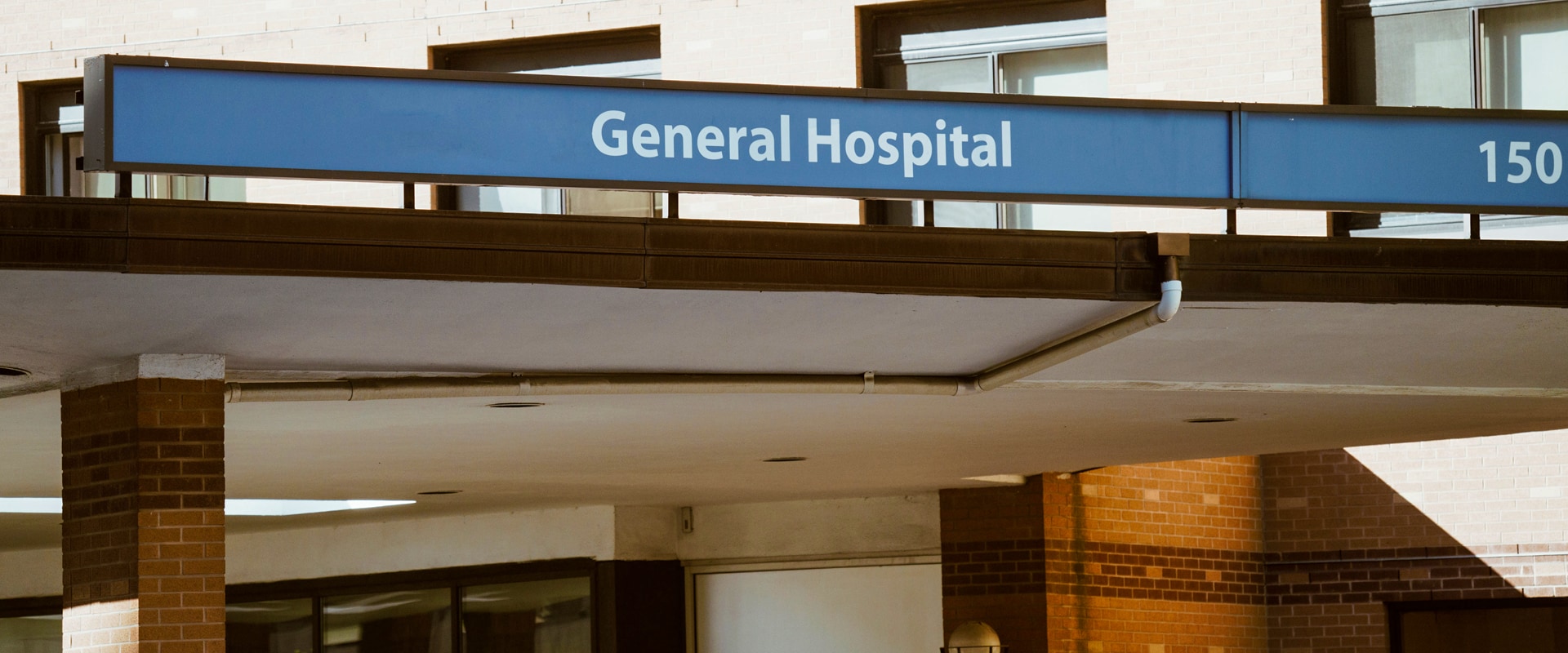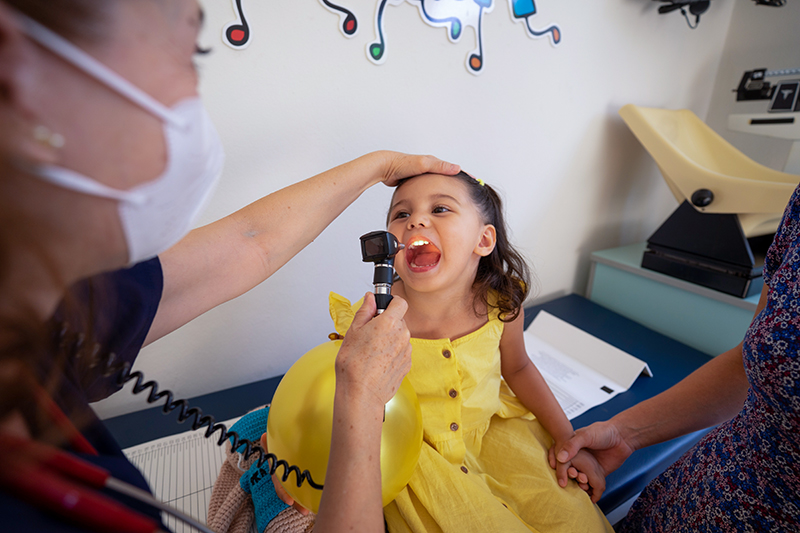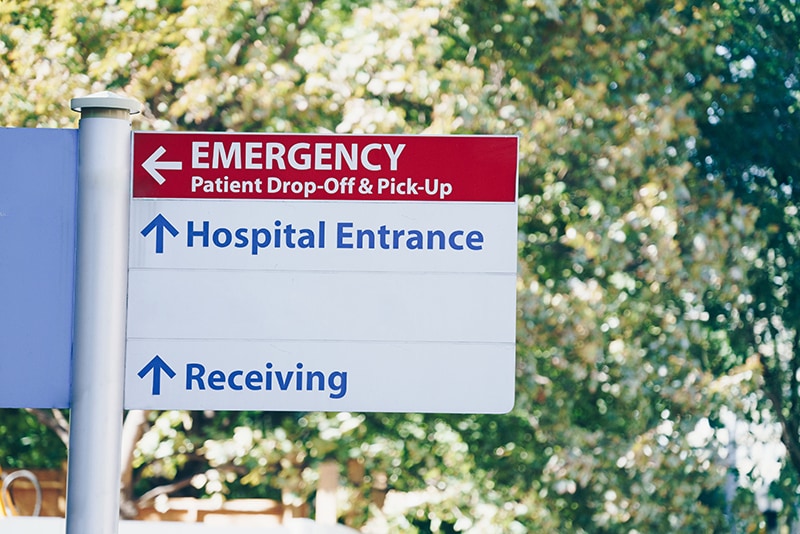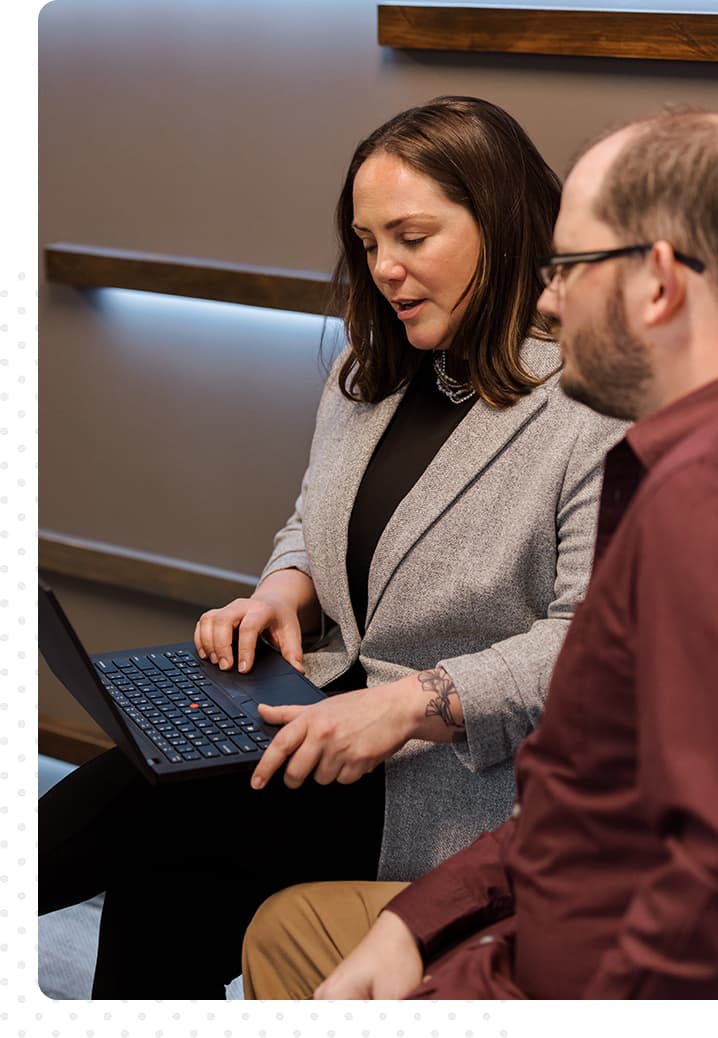Customer research leads to world-class website upgrades


The challenge
This children’s hospital needed expert advice on how to make their website as world-class as their facilities and services. Because the hospital is under the umbrella of a larger healthcare organization, it faced some unique challenges. Its leadership decided to conduct primary research to better understand the current state of its digital ecosystem, the competitor landscape, its website personas and journey maps, and its specific risk points and opportunities that translated into an actionable 36-month roadmap.
Our approach
To kickstart our research, we conducted several audits to assess their website’s user experience, SEO, and accessibility, as well as the hospital’s technical infrastructure. We interviewed more than two dozen stakeholders, the output of which informed surveys sent to patients, families, employees, and referring physicians. We analyzed their regional and national competitors and identified industry trends that could impact their future strategies.

Final experience
The result of this study was a three-year roadmap that gave the hospital a 360° view of their current digital infrastructure. It outlined the challenges they were facing with their website and the prioritized steps they should take to achieve their business goals with digital. We continue to work with the hospital to implement recommendations from this study, ensuring that their digital ecosystem delivers exactly what its audiences need most.
By the numbers
2%
of the state’s population received surveys
22
average miles patients will travel for acute cases
52%
of people visit the website before going there for care
A challenging project with rewarding results
Because our client is a teaching hospital and part of a large healthcare system, the scope of this project was massive. Eight months of hard work on both sides ultimately helped remind the entire organization of what really matters—prioritizing the needs of patients and families of the state’s sickest kids above all else.
Many of our discoveries challenged long-held beliefs that turned out to be inaccurate. For example, patients reported visiting the hospital website when they are looking for care—before they go to the hospital, rather than afterward. This was an important insight in regard to website content and UX.


Actionable key insights
People who care about getting their sick child to a top-quality children’s hospital said they would drive farther than hospital leadership realized. They also said they were willing to travel farther when expecting labor complications, or if their child was in critical condition and required continuous care.
We found that many patients were far more likely to travel significant distance to take their children for care at our client’s facility than originally believed, especially if they have private insurance and/or high-acuity cases. Often, these parents said they would even pass competing hospitals to get there.
Understanding the caregiver
Reviewing patient data revealed that many patients want to do their own research before accepting their doctor’s referral recommendation. Approximately 33% of the time, patients reported questioning their doctor’s referrals because they wanted to form an opinion of the hospital and its physicians before they make a decision.
Among parents’ concerns was their desire to be more involved in their child’s care while hospitalized, opening a big opportunity for better in-patient communication. Parents’ interest in using telehealth platforms increased during the start of the COVID-19 pandemic and continues today.

Beyond website improvements
Creating or updating a healthcare-related website requires several levels of approval before going live. While we worked on audits and surveys, we found other areas where this client could make valuable changes. For example, we recommended automating their call center and improving their email process, as well as taking new headshots of providers for a consistent look and better UX for patients and families

Working together for the best outcomes
Our road mapping study has helped to align physicians, executive leadership, the digital services team, and everyone in between to the same goal: putting patients and their families first. As a consulting partner, we are helping to change this client’s overall mindset from website maintenance mode to a more strategic experience.
Schedule a call
Could primary research improve your website performance? Schedule a call and let’s talk.
